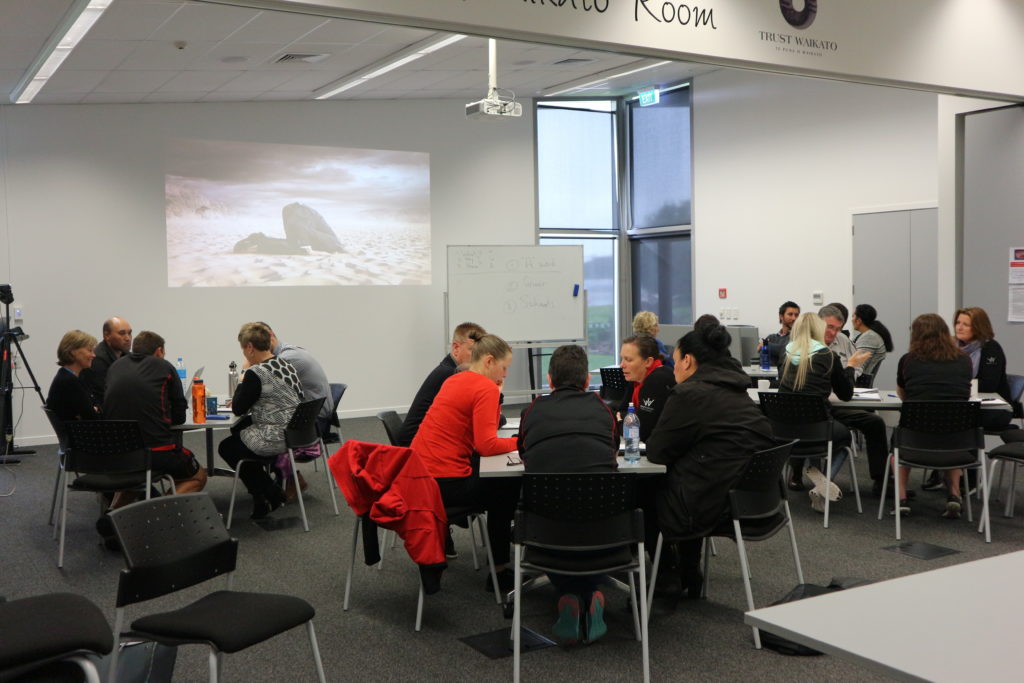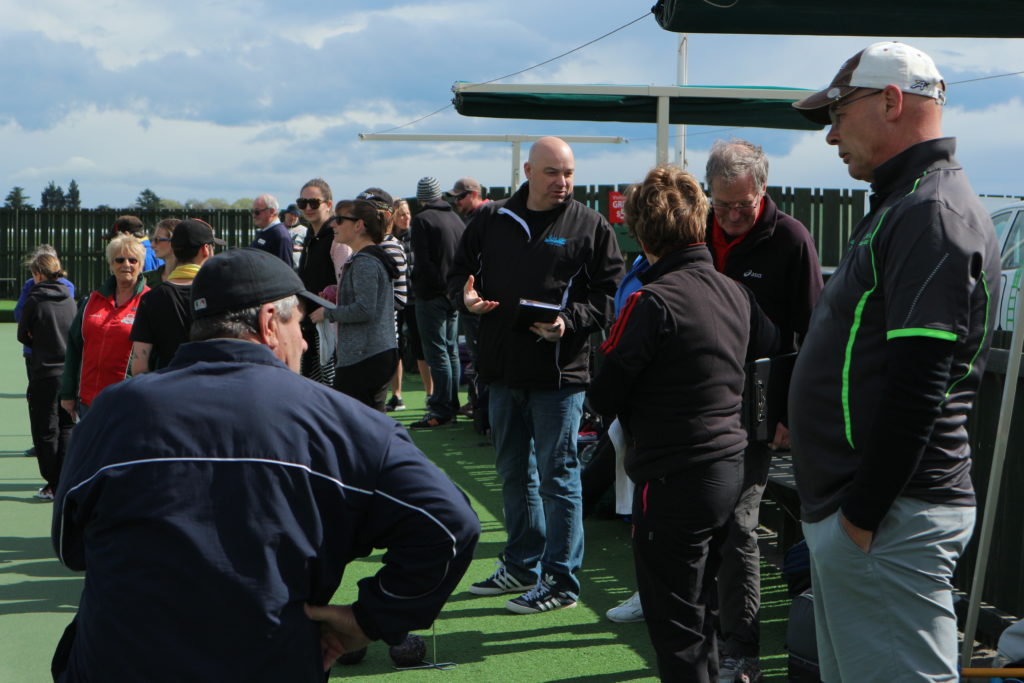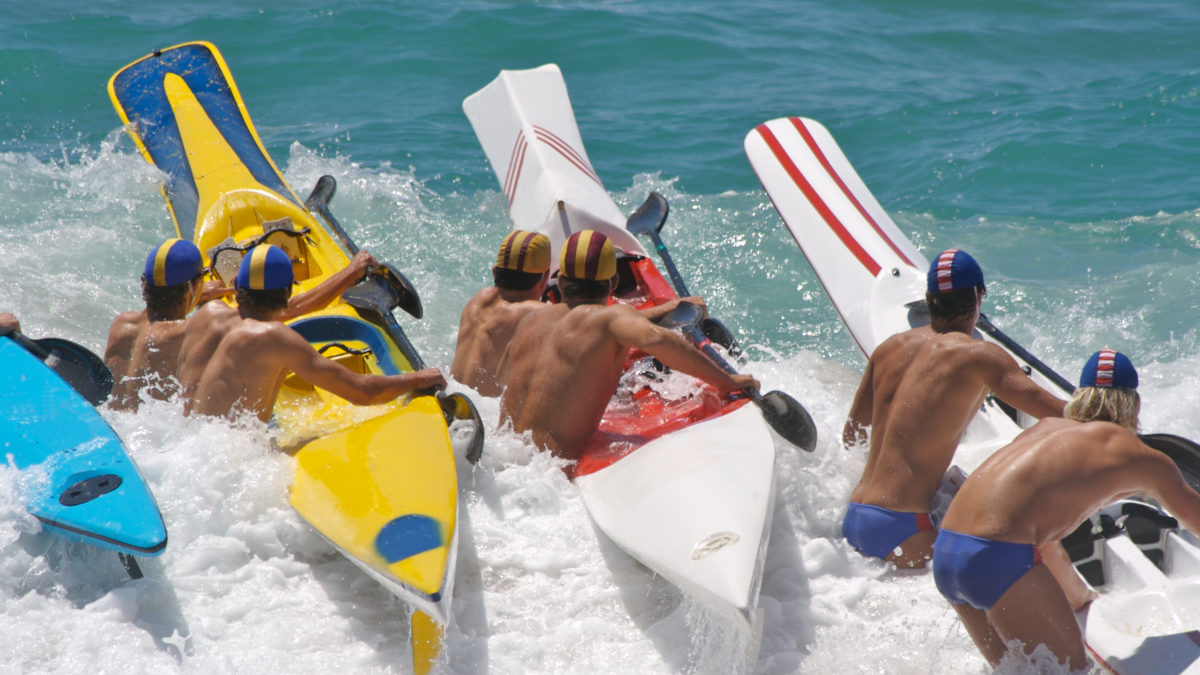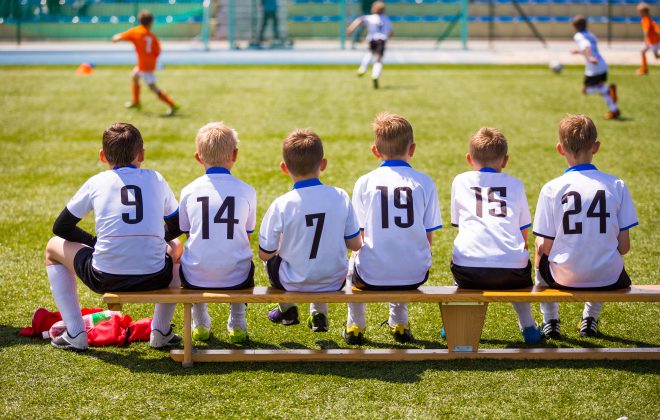How to Save Your Sport.
How to Save Your Sport.
There is no doubt that competitive sport is dying – and in many places – particularly in rural and regional areas – it’s already dead.
More accurately – competitive sport – the way it’s been delivered to kids and families – is dead.
We also know that this is a global issue. It’s happening to competitive sports across the world.
In response, Coaches, Sports Clubs, Sporting Organisations and Government Sporting Bodies all over the world are working desperately to try and find ways to rescue competitive sport before some sports disappear completely… forever.
Hardest hit right now are the “big-time-commitment” traditional Olympic sports like diving, gymnastics, rowing, swimming, athletics and cycling where the time, resources, costs and energy required to train and compete are a considerable impost on families.
However, there’s also increasing reports and mounting evidence identifying the rapidly declining numbers of kids playing competitive sport in the football codes, basketball, netball, hockey, cricket, tennis and golf.
The real issue is now – not “Is this actually happening?” or even “Why is this happening?” but “How Can You Save Your Sport?”
How Can You Save Your Sport?
The key words in this question are “You” and “Your”.
Sport – is now yours.
Sport belongs to the kids, the parents, the families, the do-ers, the weekend-warriors, the enthusiasts, the passionate amateurs…..the “clients”.
That football club you take your kids to – is your Club.
That swimming program you drive your kids to – that’s your Program.
The tennis court you drop your kids to three times a week – you own it!
Where sport was once driven by sporting organisations and federations, sport is now very much owned and operated by the people who are actually “doing it” – and they’re “doing it” in ways that are meaningful, relevant, enjoyable, engaging and rewarding to them.
This is presenting sporting organisations with the most difficult and demanding challenge they’ve faced in the past 100 years.
How can they – as a district, state, national or international sporting organisation – save “their” sport when they no longer own it or control it?
So What Can You do to Save Your Sport?
This is really the question, isn’t it?
If you accept the fact that competitive sport, the way it’s been delivered is dead or at least dying, then how can you save your sport?
First of all, the one thing guaranteed to NOT save your sport is to do nothing.
Sitting back and waiting for your district, state, national or international sporting organisation or for governments to throw enormous amounts of money and resources your way to turn things around is not going to help – and to be blunt – the emerging trend in sport is that sporting organisations and governments at all levels are not going to continue to “bail-out” poorly managed and ineffectively led sports clubs.
Wishing, hoping and dreaming that things will get better are not effective strategies for success.
You might get lucky and a set of circumstances might miraculously fall your way and make everything wonderful again. But then again – it may not.
One thing is certain...Old Sport is gone.
Things are not going back to the “old-days” when your local Club was full of kids and families all desperate to play competitive sport UNLESS you’re prepared to make some significant changes.
So – doing nothing is out. So too is wishing, hoping and dreaming.
OK – then what about this global trend towards “modified” sports to save your sport?

Modified Sports WILL NOT WORK – They Will Not Save Your Sport.
The other strategy that’s not going to work is going down the “modified” sports route – or what I call the Sports Product route.
The trendy thing to talk about now is C.F.S. – Client Focused Sport!
C.F.S. has been an emerging approach being championed in the UK, USA, Canada, Australia and NZ which involves sporting organisations or their appointed consulting companies to ask the sport’s current and / or former clients, i.e. parents and competitors, to provide feedback on what they want from their sports experience.
As a result, many sports have been convinced by smart sports marketing people and the big sports consulting companies that the way forward – the way to turn around the falling numbers of kids competing in sport is to come up with some sort of modified, “customer-focused” version of their sport.
We’ve seen Cricket in Australia for example introduce a modified version of the game which includes young players using wider bats (i.e. so they might hit the ball more often), shorter pitches (i.e. so it’s more likely they can bowl straight), narrower boundaries (i.e. so more players can experience scoring 4s and 6s) and “substitutions” (i.e. so players don’t have to sit for long periods waiting for their turn to bat).
Tennis, Swimming, Rugby, Rugby League, Hockey, Netball, Australian Rules Football and many other sports have been “sold” the concept of “modified” sport as being the panacea – the miracle cure – the one size fits all solution – to address the falling numbers.
Modified sports will more than likely produce a small “blip” in the sports statistics as they possess a novelty factor which will intrigue and interest some people.
Also the national sporting organisations are throwing a lot of money at their Modified Sport and with so much attention, media interest, marketing and advertising there’s no doubt we’ll see a short term increase in the numbers of kids and families connecting with sport.
However…once the novelty factor wears off, we’ll see a return to the downwards trend in the industry.
One of my favorite sayings in sport is this…“It’s no good coming up with a great solution to the wrong problem”.
This global trend towards “modified” sports assumes that there’s something wrong with your sport.
There’s nothing wrong with your sport!! It’s not your sport that’s the problem.
It’s the way your sport is being delivered that’s the real problem.
Changing the Sports Product will not work unless you change the way the sport is being delivered: ie. unless you change the experience your clients are receiving…and that means impacting on the coaches, the clubs, the administrators, the officials and the volunteers who are actually working directly with your clients.
What can you do to save your sport: Adopt A New Sport approach.
Here’s a just a few of the strategies I’ve seen work well with sporting organisations:
Save Your Sport Strategy 1: Amalgamate…but….
Amalgamation has been seen as “the” dirty word in sport. No national or state or regional sporting organisation will publicly support the idea that one very good way to save your sport will be to amalgamate your club with a neighboring club.
Now….if you’ve been in sports industry for a year or two, you’ll know that the very idea of two or more sporting clubs coming together and working in harmony for the benefit of the athletes and the sport itself is paramount to heresy.
However, amalgamation makes good sense in this New Sport environment and for some sports – particularly in rural and regional areas it may be the only sensible and viable option – providing it is done intelligently, respectfully and with a clear focus on the future success of the sport in mind.
It’s a lot more than just saying “Let’s work together”. There needs to be a strategy behind any effective amalgamation process which is 100% focused on the needs of the people involved.
Save Your Sport Strategy 2: Build cross sport partnerships.
Another workable option is to build effective cross sport partnerships. This makes sense from many perspectives.
Sports such as Netball, Basketball, Volleyball and Futsal can – instead of being at “war” with each other – come together as an Indoor Sport Group.
Rather than fight and create barriers, why can’t sports such as Football, Hockey, Rugby and Cricket all work together and form a single united Sports Club under the same brand?
When you think about where sport is right now…e.g. decreasing numbers of competitors, increasing costs, difficulty gaining and retaining coaches, volunteers, officials, referees and administrators…the Cross Sport Partnerships concept makes a lot of common sense.
Problem is with common sense…it’s not that common.
Real Life Story:
I was recently speaking with an old friend in the swimming industry.
He’s a high-profile coach with an outstanding record as a competitor himself. He’s noticed a significant decrease in the numbers of young athletes committing to competitive swimming. In response, he’s tried marketing and advertising his swimming program. He’s spent a lot of money promoting his coaching and his expertise. He’s reached out and made connections with schools. He’s done all the things he’s “supposed” to do to save his sport.
Over the past year however, he’s tried a different path.
He’s changed his business model from being a Swimming Club to being an Aquatics Group.
He’s hired coaches with skills in other aquatic based sports like triathlon, water-polo, surf-sports and diving and he’s now offering a complete Aquatics program for the kids and families in his region.
Save Your Sport Strategy 3: Rationalise your sport.
For example, imagine you live, work and coach in a town where there’s seven separate Athletic Clubs.
It is highly unlikely that all seven Clubs will survive in this New Sport environment. The smart thing to consider is to look at other options including:
- Coming together as one Regional Athletics Group and provide an integrated program across the town where five of the Athletic Clubs focus on building and growing the sport at junior level and two Clubs focus on developing the competitive / performance side of the sport.
- Specialise. Instead all Athletic Clubs trying to be all things to all people, why not have two clubs that specialise in “Throws”, two that specialise in “Sprints”, two that specialise in “Jumps” and one that specialises in “Middle and Long Distance Running”?
Save Your Sport Strategy 4: Provide the environment and the opportunity for people to create their own sports experiences outside of existing and traditional Club and organisations.
If you’re running a gymnastics program for example, why not conduct Sunday morning “parkour” type fun sessions on the local beach or in the local park?
Instead of lamenting about the low numbers of kids turning up for Club soccer training, why not organise a 20-a-side parents vs the kids football game at the local school sports ground where the kids make up the rules?
Real Life Story:
I recently met a man with a remarkable sporting success story.
He’d wanted to organise some regular jogging for fitness sessions for himself and a group of his friends. He went to the local Athletics Club and talked to them about how they might help him put together a jogging program.
The Athletics Club gave him some membership forms and told him that he and his friends needed to be at the Club at 6:30 pm Tuesday and Thursday evenings and that they’d be required to join the Club before their first training sessions so they’d be covered by the Association’s Insurance cover.
The man then told the Club that not all of his friends could make that time and not all of them wanted to join the Club. They wanted to connect with the Club and really wanted some advice and assistance on training and technique but they were not able to commit to regular training times at the Club’s regular training venue.
The Club advised him that in that case – they couldn’t help him.
The man – frustrated at the Club’s lack of flexibility – decided to form his own Jogging for Fitness group.
He decided he’d have no formal Club structure, no memberships, no uniforms: none of things traditional Athletics clubs force on their members.
Two years later…he now has over 500 people in his group with regular sessions held across his city at times that meet the needs of the people involved.
He doesn’t have a web site or a Club office or a Club building.
The group connects through social media and it’s set up so that people who live or work close to each other can form their own groups to meet and train when and where it suits them.
The Athletics Club on the other hand has recently reported a 60% decline in their membership over the past five years……..
Save Your Sport Strategy 5: Build your sport around people, e.g. coaches – and not clubs or organisations.
There is no doubt that people connect with people – and not with organisations. Coaches are critical in this New Sport environment.
But coaches and coaching have changed.
It’s no longer about “telling and yelling”.
Coaches need a new set of skills: skills which allow them to connect with kids and families and to create quality, enjoyable and engaging experiences for their “clients”.
Invest in great coaches and in outstanding coaching and your sport will grow.

The Best News Of All For Sports.
If you’re managing a sport, leading a sporting program, running a sporting organisation….here’s the best news you’ve heard this year.
It’s going to cost you almost nothing to save your sport!
There’s no need to spend huge sums of money designing some weird, wacky and wonderful modified version of your sport.
You don’t have to invest thousands and thousands of dollars re-branding, re-launching, re-designing or re-developing your sport.
You can do it for next to nothing.
But….it’s not easy.
The reason so many sports have gone down the “Modified Sports” route is that it makes sense. Change the Product…and viola!!! Change the Sport.
But it’s not going to work.
Why?
Because your sport is not the “Product”.
Your sport is the people who deliver that product.
Stop wasting time and money designing and delivering new products.
Focus instead on inspiring the hearts and minds of the people in your sport and show them how to deliver an experience that their (your) clients will never forget.
The things of the greatest value cost nothing.
So What is the Best Way to Save Your Sport?
In the end, the best way to save your sport is…………whatever strategy works!
Whilst each sport has some unique elements based on it’s culture, rules, history, location, structure, competition systems, coaching etc. etc. there are many common factors that apply to building and growing the sustainable success of all sports.
My focus – the New Sport focus – is to help sports discover how they can overcome the challenges of sport’s global trends and build a sustainably successful sporting future.
I work with sports all over the world to help you develop the strategies, skills, plans and programs to thrive in this New Sport environment.
Contact me now for more information.

Tags In
Related Posts
1 Comment
Leave a Reply Cancel reply
Categories
- Athlete Development (3)
- Coach Development (1)
- New Sport (10)
- Sports Parenting (1)
- Sports Participation (1)
- Sports Science (1)
- Sports Systems (4)







[…] I’ve said it once, I’ve said 260000 times…THINK AND ACT STRATEGICALLY! The evidence, the signs, the social trends, the global economic trends…it’s all there. […]